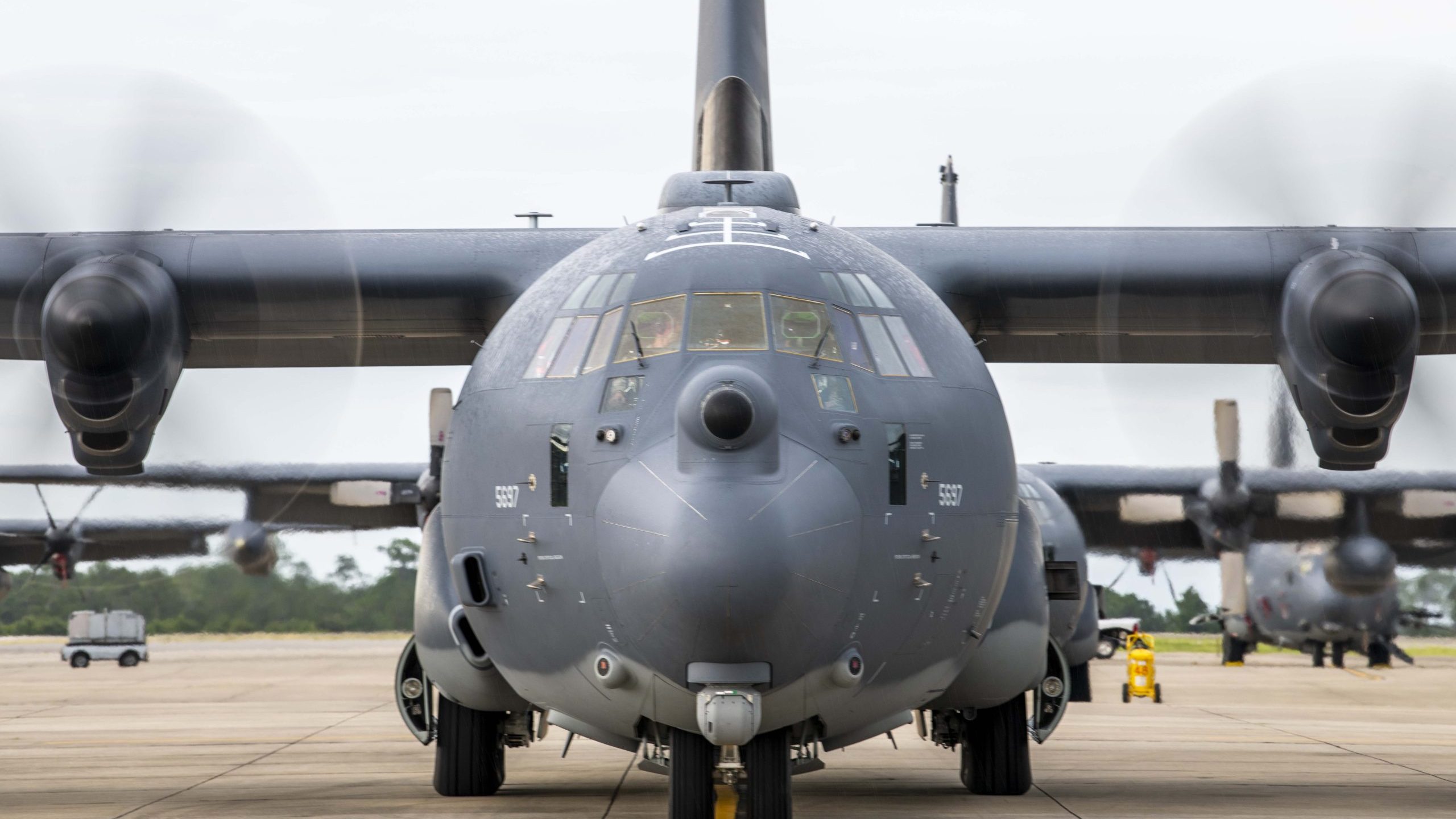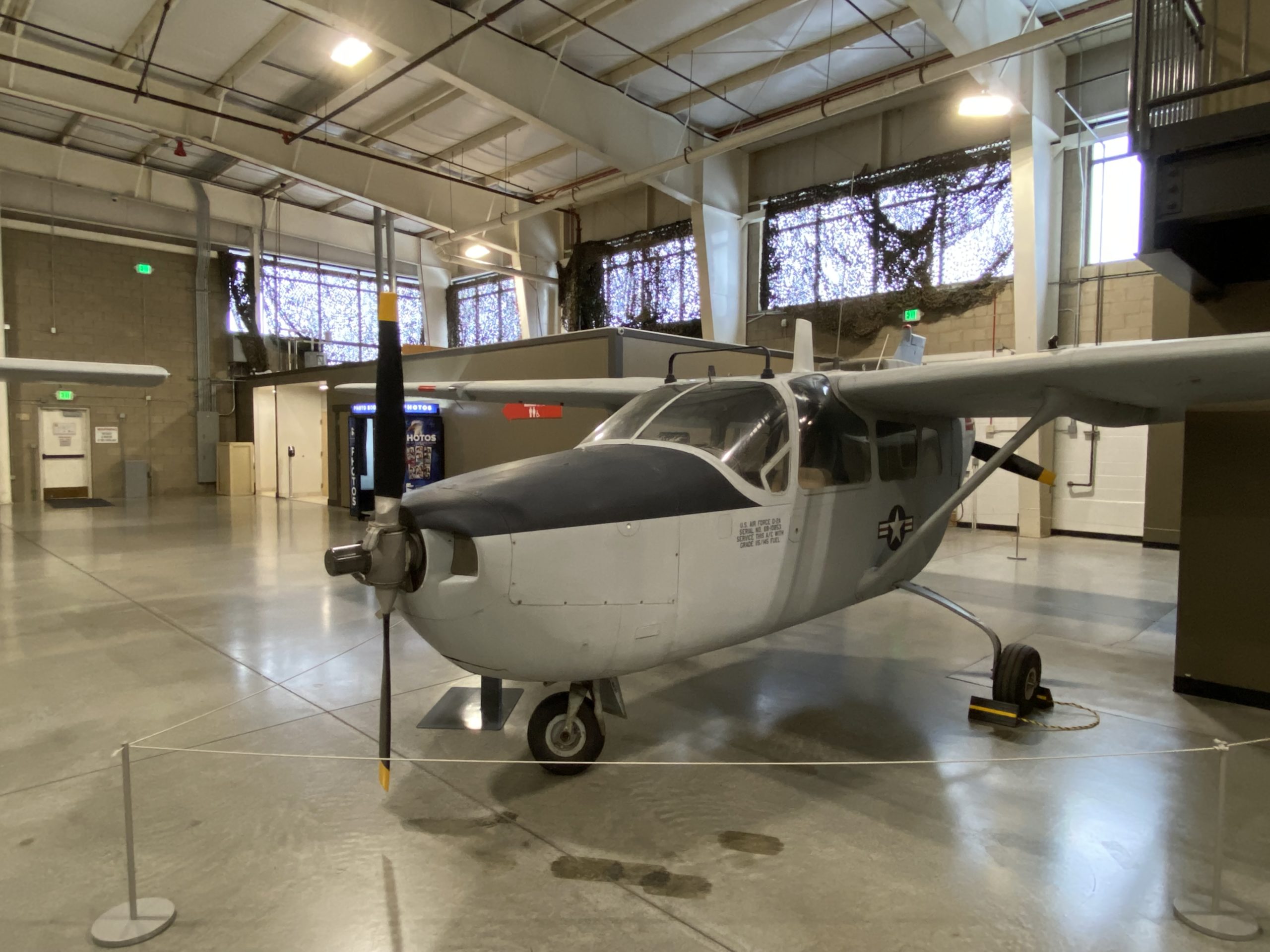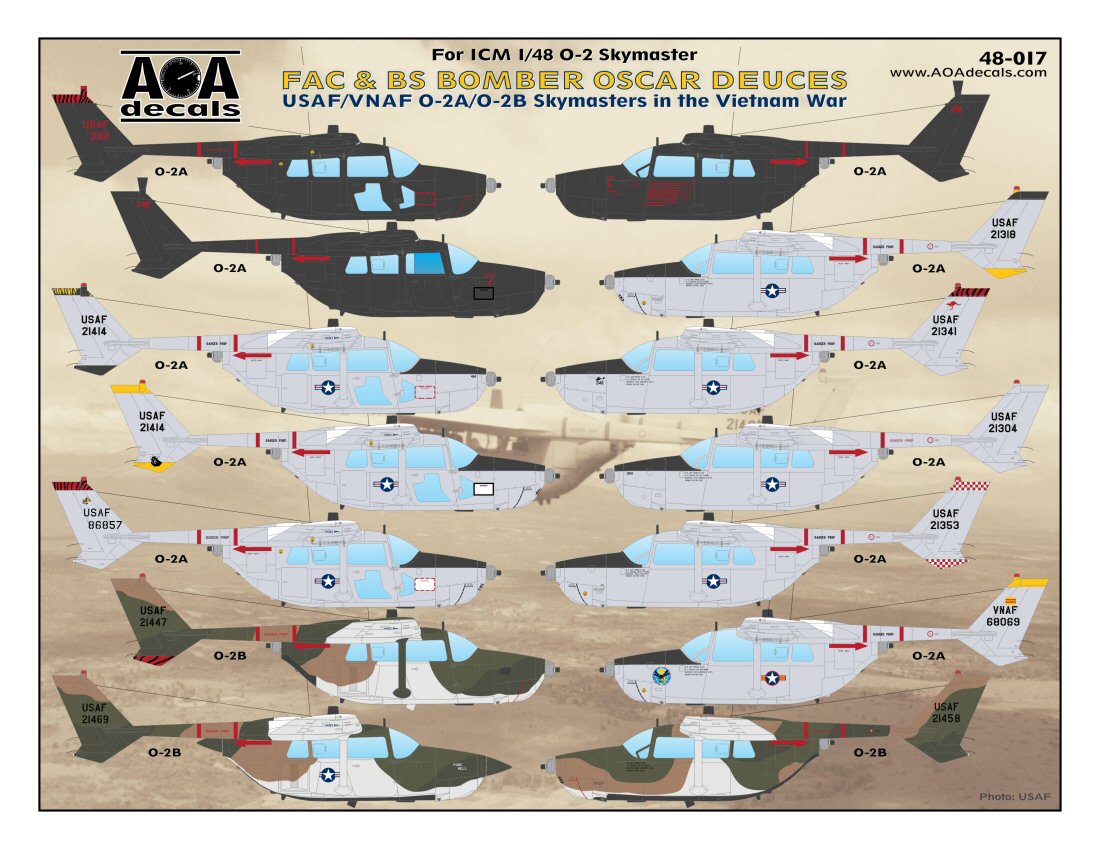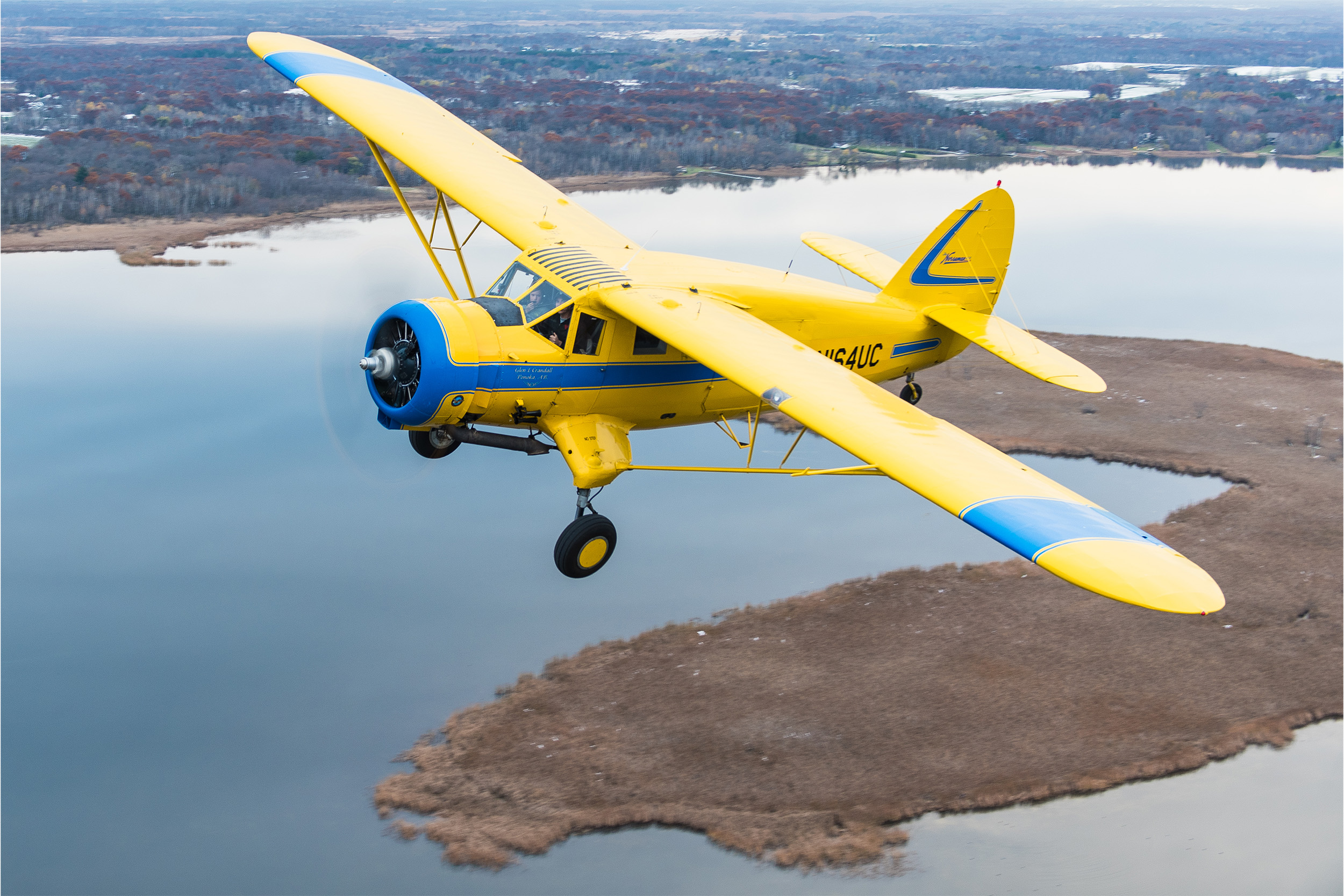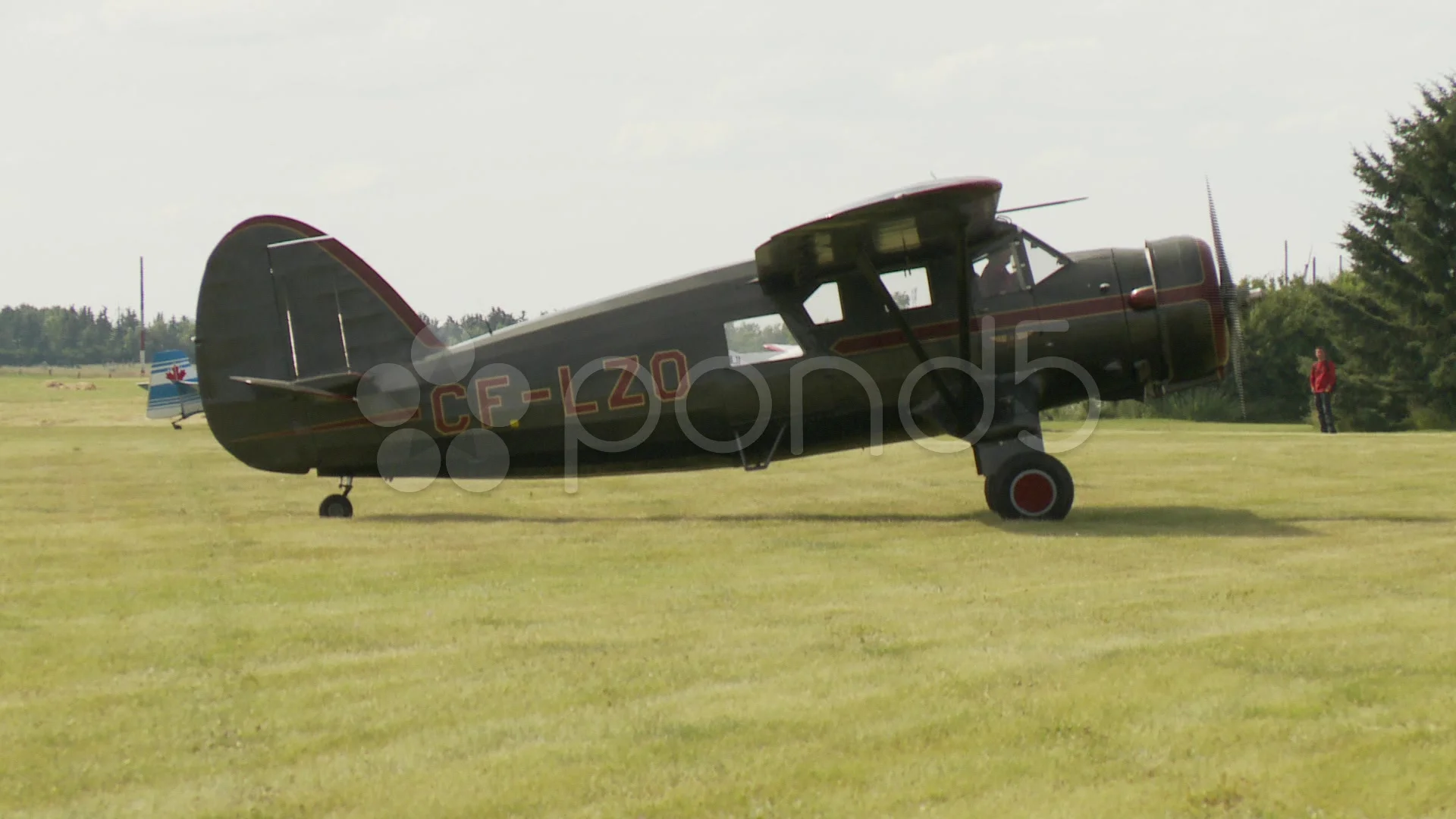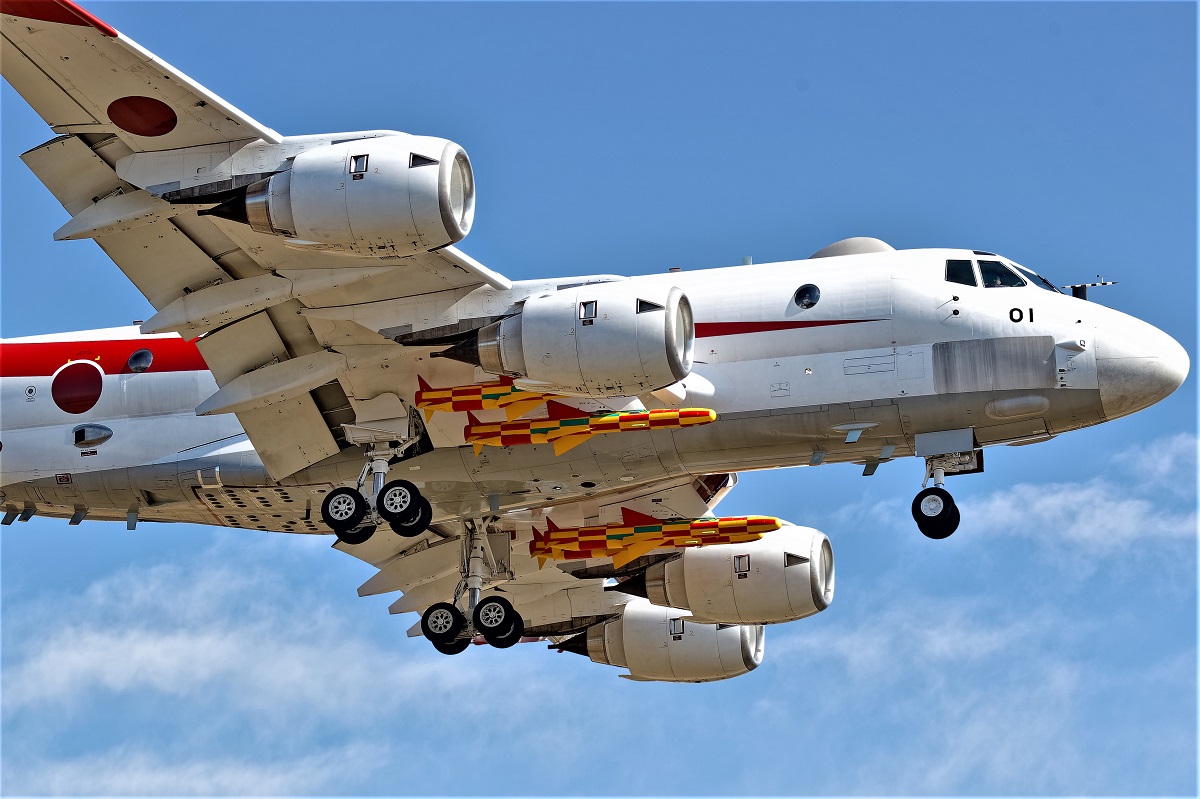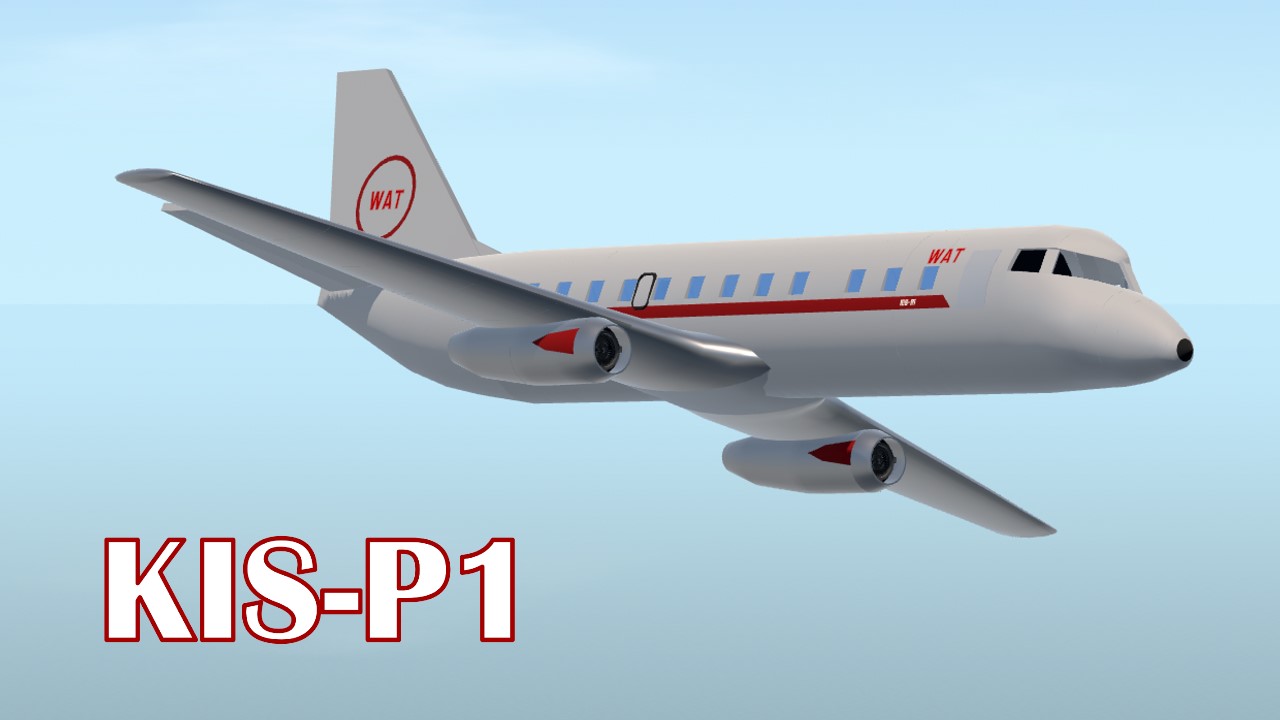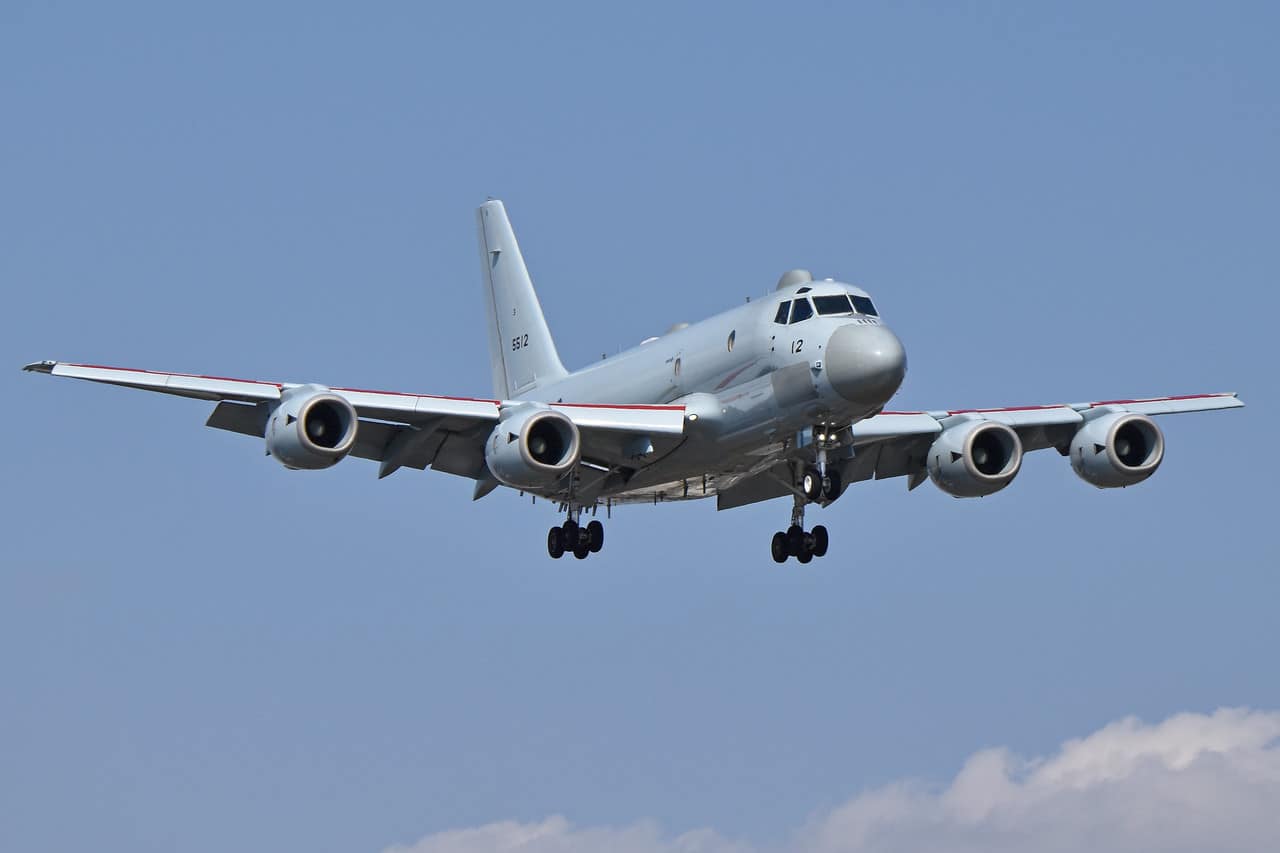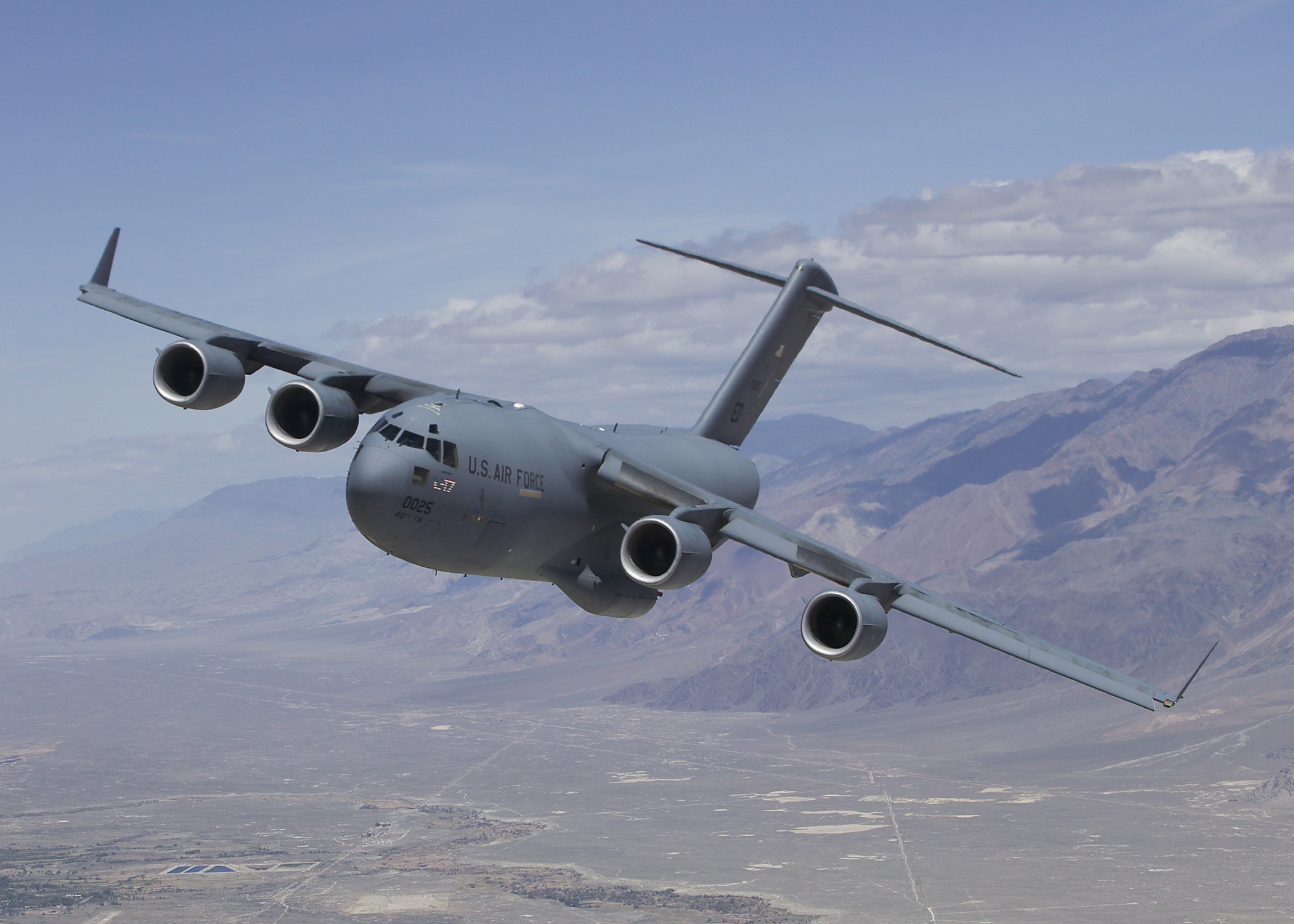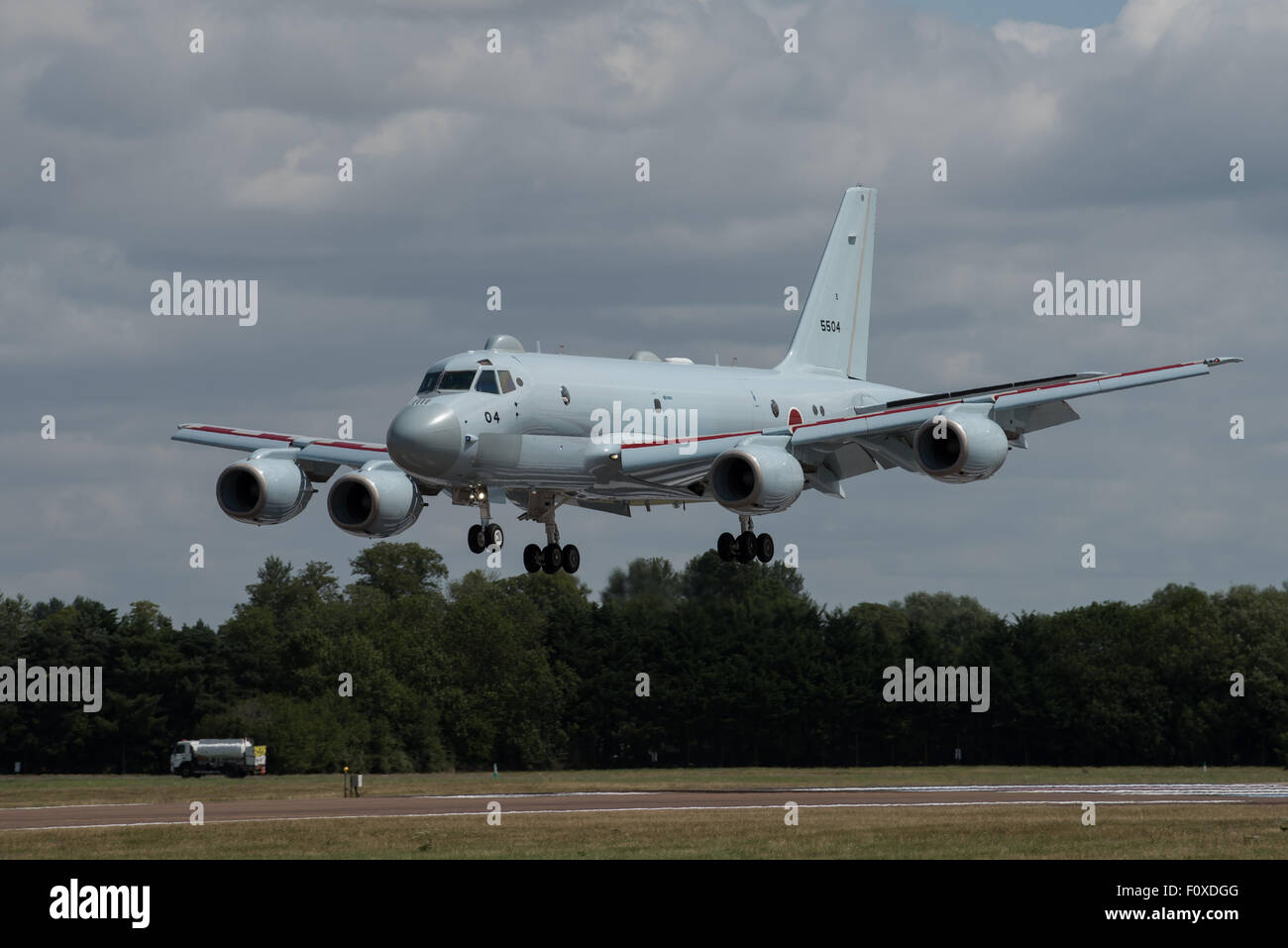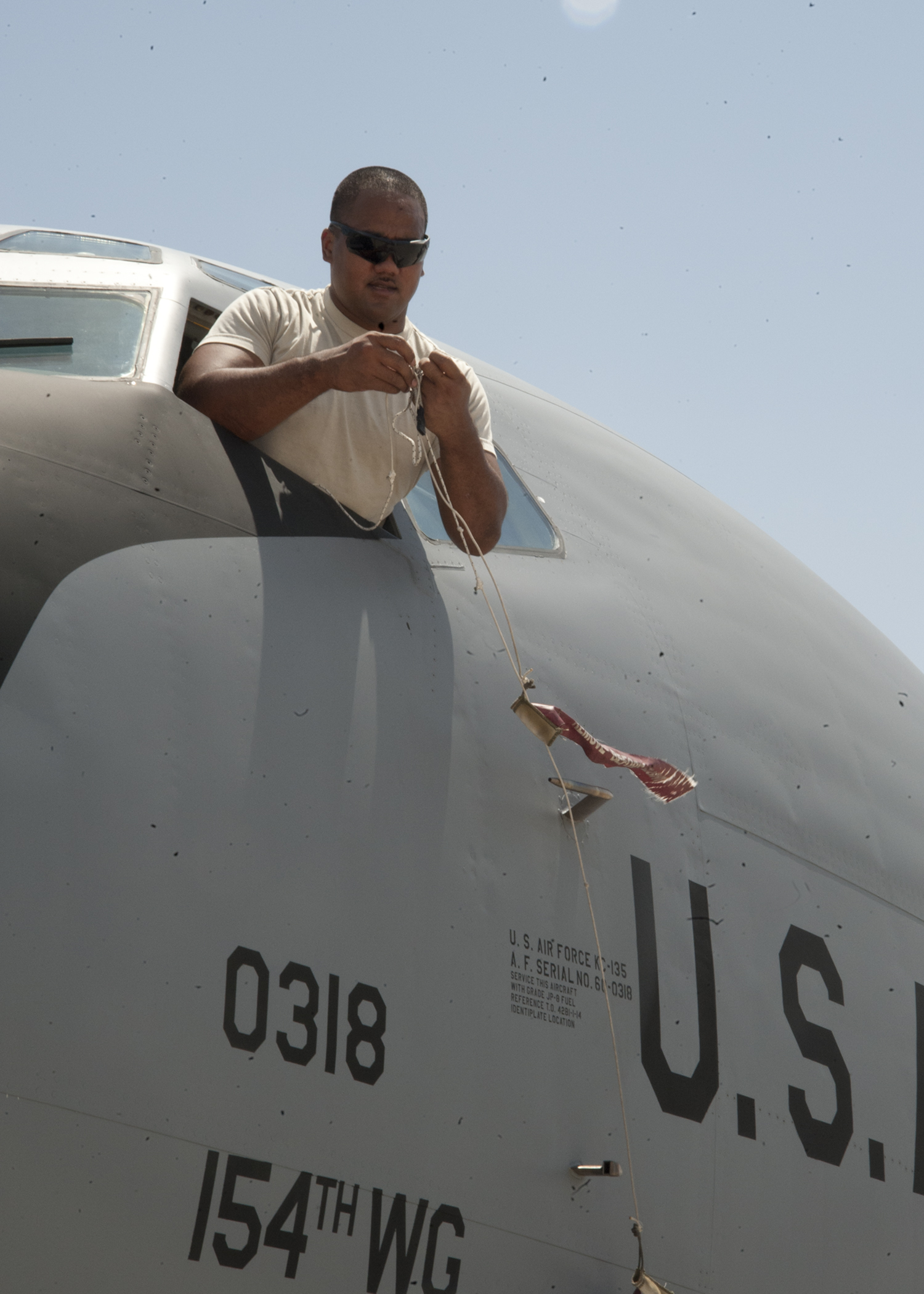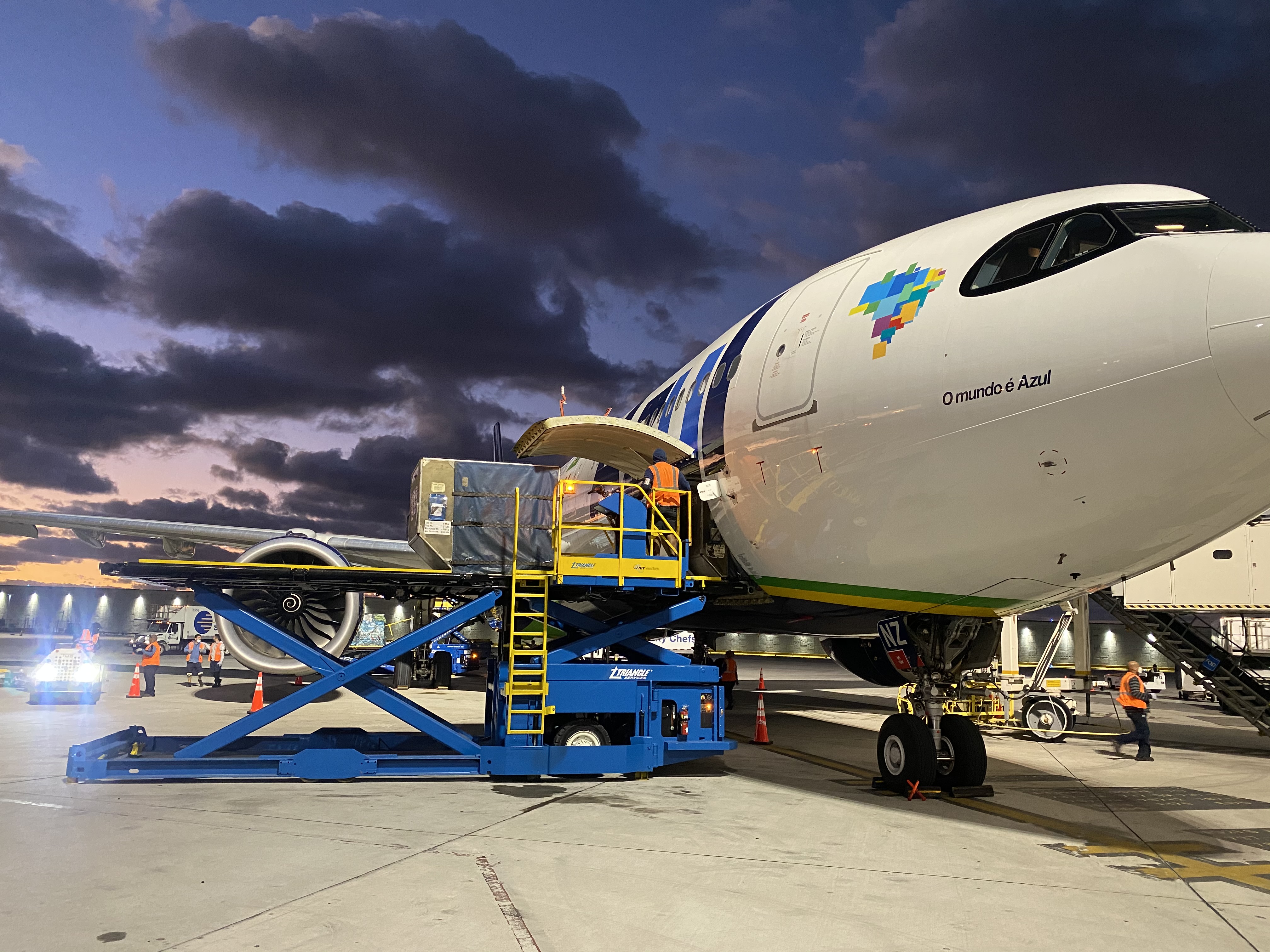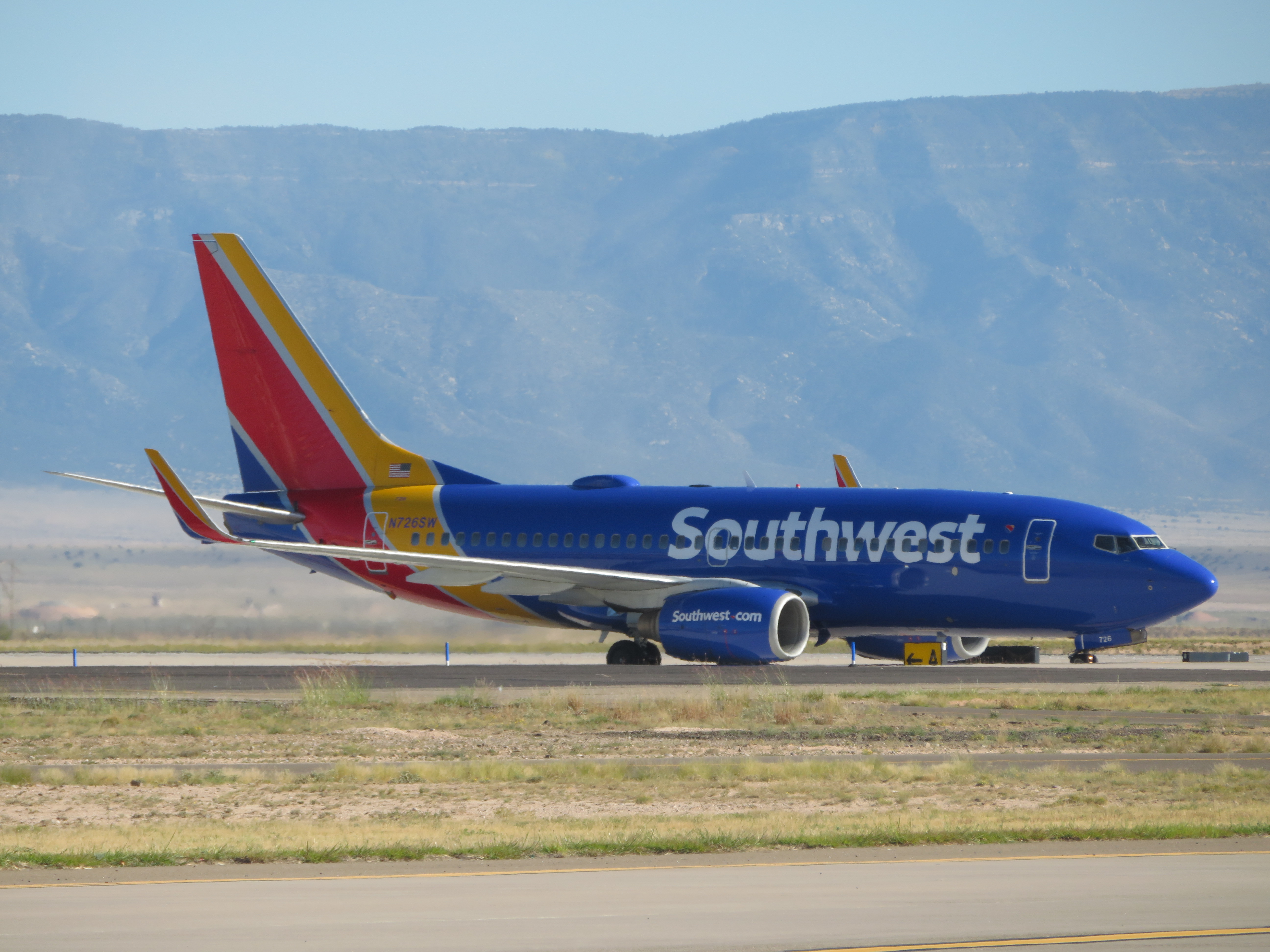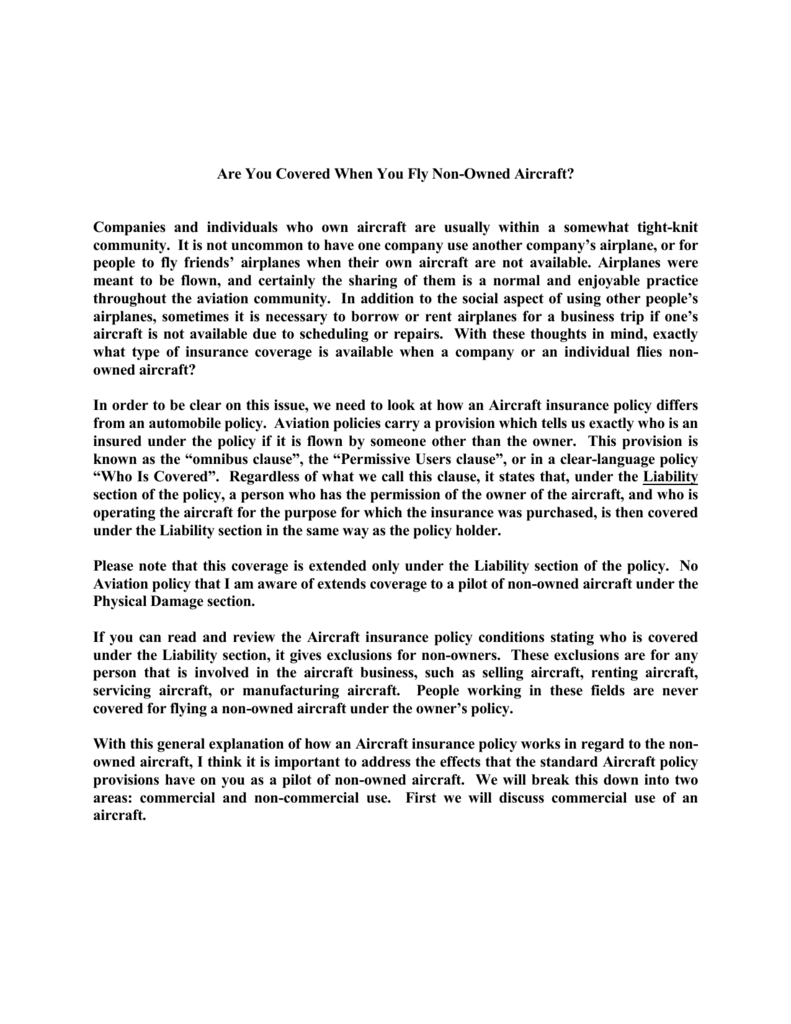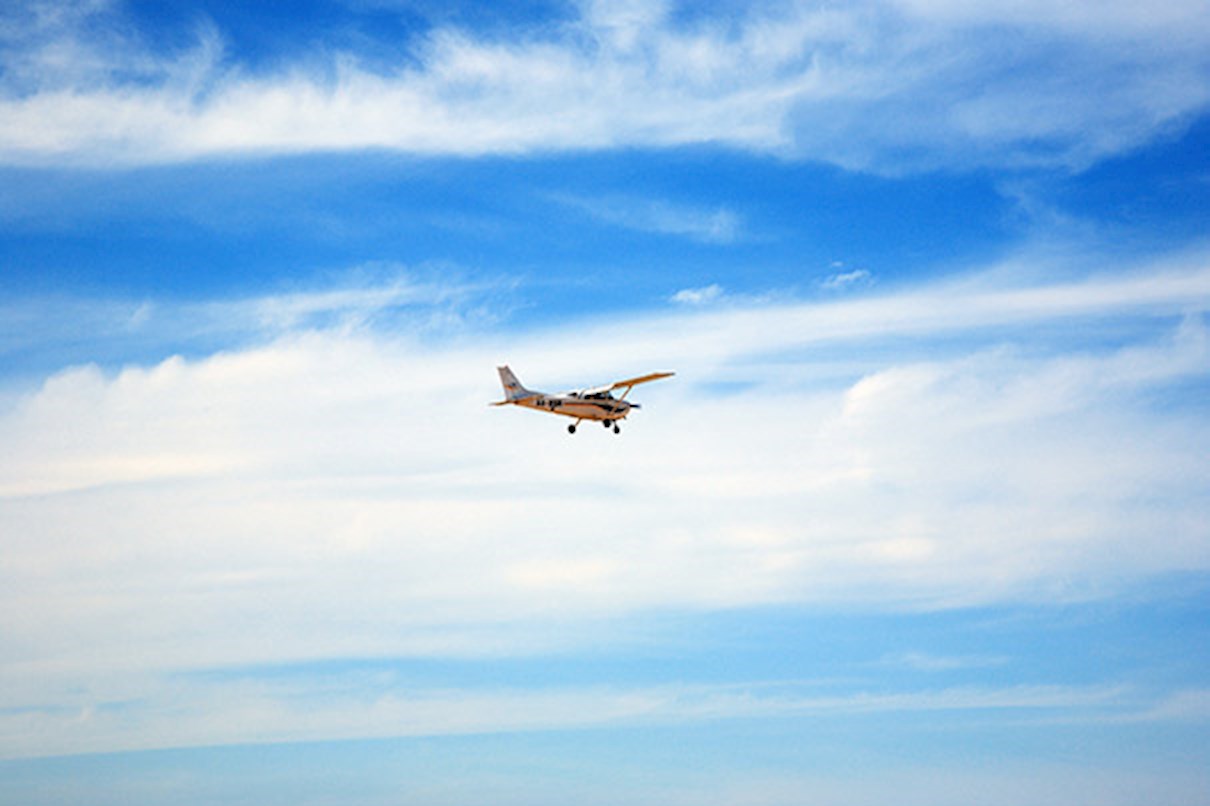Oriskany Aircraft Carrier - In addition to routine training the following spring, Oriskany also received a new aircraft landing system called the Pilot Landing Aid Television (PLAT), which filmed landings for review as a way to improve technique. In May 1963 the aircraft carrier also embarked new rescue helicopters, when a detachment of Kaman UH-2A Sea Sprites came onboard.
The highlight of the summer, however, was on June 6, when President John F. Kennedy visited the warship for an operational readiness demonstration. Oriskany, with CVG-16 embarked, stood out of San Diego on 1 August for her sixth Far East cruise, steaming to Subic Bay and then to Iwakuni, Japan, by mid-month.
Oriskany Aircraft Carrier

The wreck got its name when it sank about two miles from its original location all on its own on October 2, 1995. It was originally slated as an artificial reef. The 65ft steel barge now rests in 75ft of water with about 5ft of relief.
What's left of this barge still... In combat operations that brought Oriskany and embarked CVW-16 the Navy Unit Commendation for exceptionally meritorious service between 10 May and 6 December 1965, the aircraft carrier conducted over 12,000 combat sorties, a record never achieved before by any carrier during a single combat deployment,
and delivered nearly 10,000 tons of ordnance against enemy forces. The air wing also racked up some impressive pilot statistics, with Cdr. Knutson from VA-152 flying 116 combat missions during his tour. The cost was heavy, with 22 planes lost in combat or accident and six pilots killed and another six taken prisoner.
After a short stop for a badly needed rest and minor repairs, Oriskany departed Subic Bay on November 30 and returned to San Diego on December 6. The Pete Tide II is a 180′ former oil field supply boat that was sunk as an artificial reef in 1993. This fully intact wreck is one of the most popular sites in the area and always has a plethora of marine life surrounding it.
The pilot house at the top of the... Oriskany departed the shipyard September 9 for underway training out of San Diego until June 7, 1962 when she again deployed to the Far East with Carrier Air Group 16 embarked.
She returned to San Diego 17 December 1962 for operational readiness raining off the west coast. Listed below are the current, approximate depths of the USS Oriskany. There is a slight list, which causes one side to be a bit shallower than the other.
Please note that these depths are subject to change due to storm activity, and should not be relied upon for dive planning purposes without personal verification. One of the men killed was Photographer Airman Thomas L. McGraw, killed while filming landing operations, while the other was Aviation Electrician Airman Thomas M. Yeager, who died working on a tied down Panther.
The explosion riddled the hangar deck below with shrapnel, piercing many of the parked aircraft and flooding the hangar bay with gasoline. Firefighting teams quickly extinguished the fire and isolated the hangar deck, preventing the fire from spreading into the ship.
At the same time, Airman Richard D. Donovan, then serving as "hotsuit man," ran through the flames, cut the unconscious pilot from his harness and pulled him to safety. Damage repair crews put the aircraft carrier back in business within hours and Oriskany began launching airstrikes again on March 8, targeting railroad tracks, bridges and facilities.
After five minutes, the pressure built up by the blaze finally blew open the doors in a tremendous fireball, spreading flames across the hangar. This in turn caused a liquid-oxygen tank near the elevator to ignite, setting a UH-2 helicopter on fire and triggering the ejection seat on a Skyhawk jet, causing the canopy to ricochet across the hangar.
[Note: The above USS ORISKANY (CV-34) history may or may not contain text provided by crew members of the USS ORISKANY (CV-34) or by other non-crew members and text from the Dictionary of American Naval Fighting Ships]
Two deadly collisions involving U.S. Navy destroyers in June and August 2017 may have cost the lives of up to sixteen sailors, leading the Navy to declare a day-long operational pause to reflect upon its safety culture.
That such similar accidents took place in such close proximity reflects stresses and failings common to the maritime fighting branch. Oriskany (CVA-34) an attack aircraft carrier was laid down 1 May 1944 by the New York Naval Shipyard
launched 13 October 1945; and sponsored by Mrs. Clarence Cannon. While still incomplete her construction was suspended 12 August 1947. Sh remained in a state of preservation until after the outbreak of hostilities in Korea in June 1950
then it was rushed to completion. She commissioned in the New York Naval Shipyard 25 September 1950 Capt. Percy H. Lyon in command. After her usual fast-paced refit and training cycle, Oriskany got underway for the Far East on October 18.
After arrival at Subic Bay on November 5, the aircraft carrier began preparations for operations in the Indian Ocean, a change of pace from her last seven tours off Vietnam. The aircraft carrier sailed south, transited the Straits of Malacca and rendezvoused with Hancock (CV-19) in the Indian Ocean.
The two carriers conducted training operations there, and Oriskany visited Mombasa, Kenya, 22-27 December, before returning to the South China Sea in January 1974. The carrier then conducted various type training exercises out of Subic Bay in February and March, primarily concentrating

on day and night flight operations in conjunction with other 7th fleet units. Following a series of three Fleet exercises in April, the warship visited Manila in May before sailing for home, arriving at Alameda on June 5.
Originally built in 1942, the YDT-14 is one of two U.S. Navy dive tenders sank as artificial reefs in the year 2000. YDT-14 is mostly intact. In order to make the wreck safer for recreational divers, decking has been removed fore and aft of the bridge.
The YDT-14 sits... Weeks later, on October 26, 1966, two apprentice airmen were stowing an unexpended magnesium flare into locker A-107-M when something went wrong. The roughly three-foot-long Mark 24 Mod 3 cylindrical flares were usually dropped by parachute during night operations to illuminate targets with their two-million-candlepower glow.
A wire lanyard taped to the airplane was used to trigger the flare—but after being carried on a combat mission without being used, the lanyard's safety had not been reset. Oriskany recommissioned at the San Francisco Naval Shipyard
7 March 1959 Capt. James Mahan Wright in command. Four days later she departed for shakedown out of San Diego with Carrier Air Group 14 embarked. Operations along the west coast cont entered until 14 May 1960
when she again deployed to Westpac returning to San Diego December 15. She entered San Francisco Naval Shipyard 30 March 1961 for a five-month overhaul that included the first aircraft carrier installation of the Naval Tactical
Data System (NTDS). The ship sits in 212 feet of water, with some parts suitable for fairly inexperienced divers, and others only suitable for seasoned pros. The top of the Oriskany's island, or tower, lies at a depth of 80 feet, and is therefore accessible by recreational divers.
Exploring further, however, is no simple task. Even the flight deck lies at a depth of 145 feet, and requires adequate training and equipment. Thick clouds of smoke were sucked into the ventilation system, smothering the forward third of the Oriskany, fatally searing the lungs of many crew members and suffocating others.
The officers' quarters were especially hard hit. Lt. Cdr. Dan Strong, resting in his state room, was the first to fall victim. The carrier again stood out of San Diego on August 1, 1963 for Far Eastern waters
![]()
with Carrier Air Group 16 embarked. She arrived Subic Bay August 31, 1963; thence to Japan. She stood out of Iwakuni Japan the morning of October 31 enroute the coast of Sou th Vietnam. There she stood by for any eventuality as word was received of the coup d'etat taking place in Saigon.
When the crisis abated the carrier resumed operations from Japanese ports. Towed to Bremerton, Wash., the old carrier remained in reserve until struck from the Navy list on July 25, 1989 for use as a museum ship or scrapping.
Initially intended for possible sale to Japan as a museum ship, the hulk was eventually ordered scrapped, the hulk was towed to the Gulf Coast, but three subsequent dismantling contracts were canceled owing to cost and environmental concerns.
Ultimately, after many years of planning and hazardous material clean up, the aircraft carrier was sunk as an artificial reef off Pensacola, Florida, 17 May 2006. Locker A-107-M, located on the hangar deck just next to the carrier's forward elevator, held more than 250 flares and numerous 2.75-inch folding-fin FFAR rockets.
The burning magnesium caused one of the rockets to explode, starting a fire—which in turn caused the chain combustion of all of the remaining flares. When a firefighting crew raced below deck to drown the flames in fire-retardant foam, they discovered the 5,400°F blaze had warped and melted the door closed.
The deck grew dangerously hot, and flames had spread through one of the walls. The firefighters could only desperately attempt to cool off the surrounding deck with their hoses. After fitting out, Oriskany departed New York 6 December 1950 for two weeks of flight deck qualifications for Douglas AD Skyraider attack aircraft in Carrier Air Group (CVG) One, followed by a stop at Newport, R.I., for a Christmas call.
The carrier sailed south in early January for flight operations with jet aircraft off Jacksonville, Fla., and to the West Indies for shakedown evolutions out of Guantanamo Bay, Cuba. After returning north to her new home port at Quonset Point, R.I., she steamed to Brooklyn for post-shakedown modifications at the New York Naval Shipyard between 6 March through 2 April.
Purposefully sunk as an artificial reef on January 24, 1991, the 65-foot Tugboat Born Again is partially intact with twenty-one 19ft sections of metal pipe extending from her decking. She currently rests in 95ft of water with her upper sections settled at about 65ft....
Meanwhile, a frantic damage-control effort took place to shift the numerous aircraft, bombs and cans full of jet fuel away from the expanding flames. Crew members began teaming together to pitch five-hundred-pound bombs over the side of the deck.

Others hosed down bombs already sizzling from the fire's heat to keep them from cooking off. Aircraft were hastily taxied onto the elevator and lifted onto the safety of the flight deck; two burning helicopters were rolled overboard.
The Oriskany's Damage Control Center collected reports and dispatched teams to contain the growing conflagration, even as water from the fire hoses began to drip into their compartment. At 888 ft long, 148ft wide and 129ft tall, it´s difficult to appreciate the size of the USS Oriskany until you actually dive it.
The Island, in its current state, consists of eight decks stretching from the Flight Deck at 146ft to the 011 Tower Deck at 84ft. Recreational scuba divers can do dozens of dives shallower than 130ft, and still make new discoveries on each successive dive.
Within months, plants and shellfish had begun to attach themselves to the hulking vessel. And within a few years, the Oriskany had finished its conversion from a weapon of war to a fantastical underwater behemoth teeming with life.
Two months later, the warship entered Long Beach Naval Shipyard on 15 August for an extended availability that lasted until 9 April 1975. Following refresher operations with CVW-19, Oriskany sailed on her fifteenth and final western Pacific deployment on 16 September.
The carrier conducted war at sea and other exercises out of Subic Bay before returning home on 3 March 1976. Owing to defense budget cuts, as well as wear and tear on the old carrier, Oriskany was tapped for inactivation on 15 April and soon decommissioned on
30 September 1976. Oriskany (CV-34), an attack aircraft carrier, was laid down 1 May 1944 by the New York Naval Shipyard; launched 13 October 1945; and sponsored by Mrs. Ida D. Cannon, wife of the Honorable Clarence Cannon, Congressman of the 9th District of Missouri.
Owing to the end of the war and shrinking budgets, her construction was suspended on August 12, 1947. She remained in a state of preservation until after the outbreak of hostilities in Korea in June 1950, then rushed to completion.
She commissioned in the New York Naval Shipyard 25 September 1950, Capt. Percy H. Lyon in command. Today its hull is frequented by whale sharks, tiger sharks, and hammerheads, while manta rays, octopuses and an occasional Warsaw grouper also drift through the vast sunken shell.

Humans also flock to the artificial reef, which has become one of the United States' bucket-list dive sites. Sank in 1995, The PC Barge is now a deck suspended 6ft from the bottom upon a hollowed-out frame in 81ft of water.
Galvanized radio tower sections rest in the sand on each side of the barge. It makes for a good dive with easy underwater navigation. Lots of marine life... Technical divers can explore the lower tower decks, the flight deck, and the hull, which, on the exterior at least, extends to the sand at 212ft of water.
Technical divers are expected to provide a written dive plan to the Captain, which includes planned travel routes, decompression schedule, and total dive run times. Rebreather divers will need to spend a few minutes with the captain or divemaster explaining their individual rigs.
Divers are required to produce proof of certification for the level they plan to dive (i.e. Advanced Trimix Certification for a dive to the Oriskany screws). The 480ft long S.S. Joseph L. Meek was a WWII Liberty Ship built for the Maritime Commission by the Oregon War Industries Ship Building Company in 1942 and reefed in 1976. She was one of.
the "ugly duckling" ships rapidly constructed in civilian shipyards during... At 7:28 a.m., one of the airmen apparently dropped the flare, either triggering the lanyard or causing the flare to spontaneously combust due to a design flaw.
Either way, the airmen panicked and did precisely the wrong thing—they tossed the burning flare into the ammunition locker and locked it up. Oriskany again stood out of San Diego for the Far East 26 May 1966
arriving Yokosuka 14 June. She steamed for "Dixie Station" off South Vietnam 27 June. Wearisome days and nights of combat shifted to "Yankee Station" in the Gulf of Tonkin 8 Jul y. In the following months there were brief respites for replenishment in Subic Bay.
Then back into the action that saw her launch 7 794 combat sorties. Named for the Revolutionary War battle of the Saratoga campaign, the USS Oriskany was commissioned in 1950. The ship had been originally designed during the later years of World War II.
Her design was radically changed to modernize it for more advanced aircraft. After the ship was finally commissioned, she was sent to the Mediterranean in 1951. Following carrier qualifications for Air Group 102 Oriskany departed San Diego 15 September 1952 to aid UN forces in Korea.
She arrived Yokosuka 17 October and joined Fast Carrier Task Force 77 off the Korean Coast 31 October. Her aircraft stru ck hard with bombing and strafing attacks against enemy supply lines and coordinated bombing missions with surface gunstrikes along the coast.
Her pilots downed two Soviet-built MIG-15 jets and damaged a third 18 November.
cv 34 uss oriskany, uss oriskany cva 34 vietnam, dive the oriskany aircraft carrier, battle of oriskany, uss oriskany vietnam, uss oriskany, uss oriskany fire, aircraft carrier oriskany sinking

